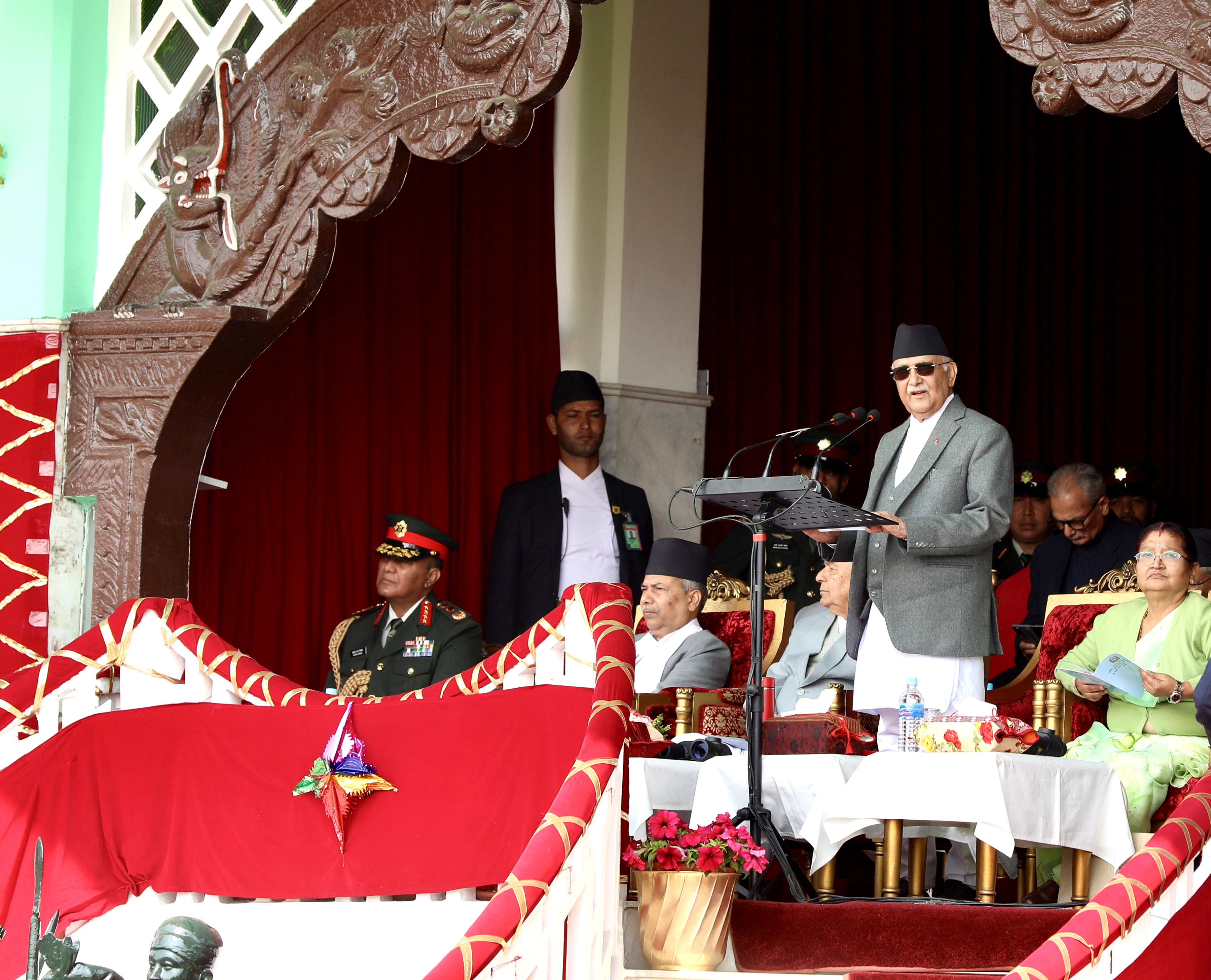Nepal's Generation X – the demographic cohort born between 1965 and 1980 – grew up hearing a certain narrative: Nepal is an agricultural country, with 80 percent population depending on sustainable farming. That narrative continues to this day. The diverse geography divides Nepal in three regions: the lower plains known as Terai/Madhesh covering 17 percent of the land mass; the mid-hills encompassing 68 percent and consisting of mountainous terrain without snow; and the Himal region, covering 15 percent and containing snow-capped mountains. The country's land cover is dominated by forests, which account for 39.09 percent of total geographical area, followed by agriculture areas at 29.83 percent. The 20 districts of Terai/Madhesh stretching from east to west are known as the bread basket. The hills and mid-hills, despite occupying the country's largest land mass, do produce only so much to feed the population.
The sad truth is that the country has witnessed a steady decline in its agricultural land every year. According to a detailed study report published by the Forest Research and Training Centre under the Ministry of Forests and Environment, the country's agricultural land decreased to 22.59 percent in 2022 from 24.34 percent in 2019. A 1.75 percent decline means loss of significant loss in real terms, attributed to abandonment of arable land. On the other hand, forest cover increased in the Terai, Chure and the mid-hills. As per the study report, the areas covered by the grasslands increased across all geographical regions in Nepal from 2019 to 2022. A number of factors are at play behind the decrease in arable land and increase in forest cover. Increased trends of migration from the rural areas to the urban areas, from high hills to the lower plains and the neighboring towns and cities are a few to mention.
IFAD supported projects contribute to agricultural productivity...

The arable lands in the Terai and the hills are converting fast into residential areas. Roughly half of the 30 million population even today is believed to depend on agriculture, yet they produce not enough to feed the entire population. Nepal is forced to meet her food inadequacy by importing virtually all agricultural produce – from fruits and vegetables to rice. The imports have increased in recent years, so has the dependence. Cultivable lands have fragmented with families dividing ancestral property. An estimated 18 percent of cultivated area is said to have access to year-round irrigation facilities. Subsidies and inputs provided by the state to the farmers are both inadequate and underutilized. Nepal has become highly vulnerable to climate change. Recurring natural disasters such as droughts, floods, and landslides leave a trail of damage, including losses of hundreds of lives every year. Also, these disasters cause crop loss and disrupt food supplies.
Farming lands are rapidly being converted into construction sites and transformed into concrete structures for residential buildings, infrastructural and developmental projects, such as, airports, industrial areas, tourist spots, conservation parks, and special economic zones. Yes, Nepal has a land use policy in place, including the Land Use Act (2019) and the land use rules adopted in 2022. These legal instruments are meant to regulate land management ensuring sustainable use of land resources. The Land Act prioritizes agriculture and vests responsibility and special powers in the local levels, but they do not seem to have the required level of competence. Keeping in view the changing agricultural landscape in Nepal over the recent decades, the federal government should reformulate sensible strategies to enhance agricultural productivity, and equip farmers with necessary tools and resources, including adequate and timely supply of seeds and fertilizers.






































